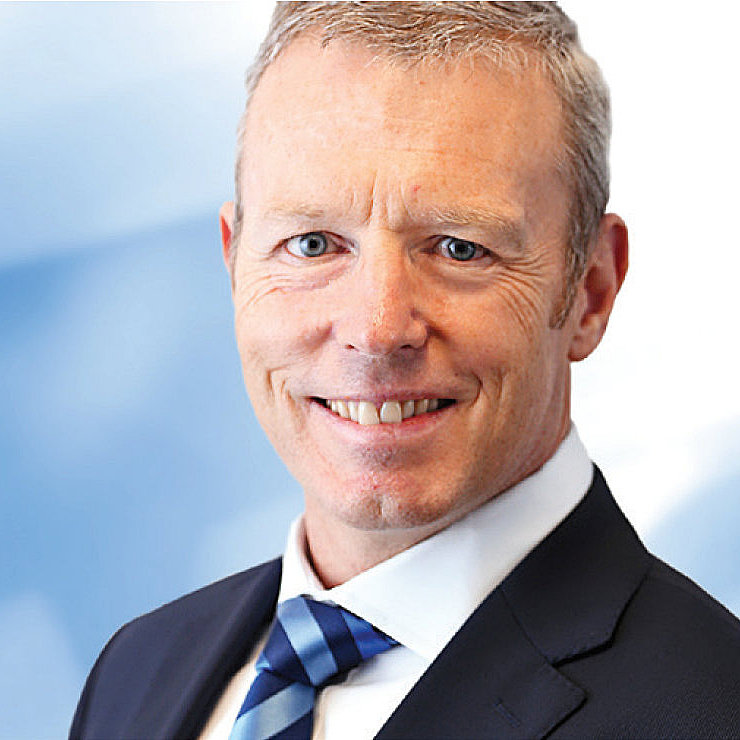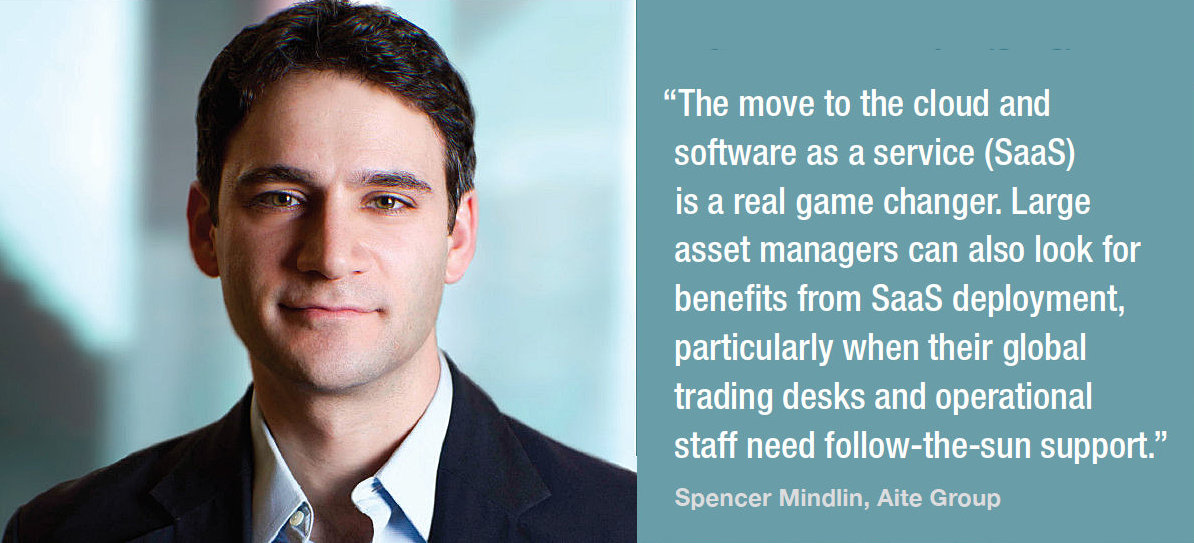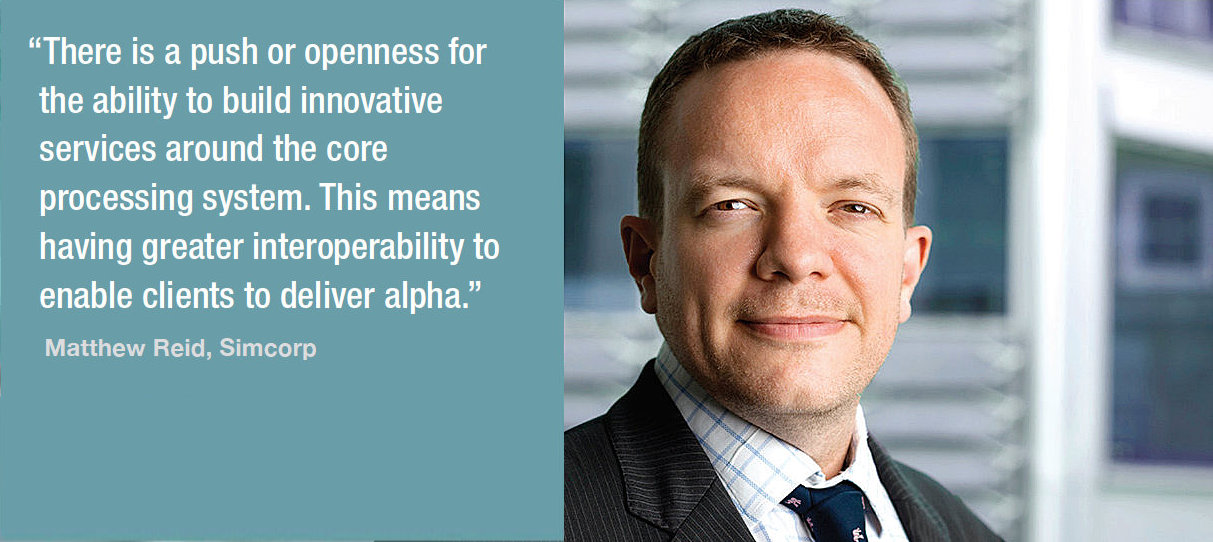 To better support alpha generation buy-side firms need to overcome any inertia created by legacy front office technology, writes Lynn Strongin Dodds.
To better support alpha generation buy-side firms need to overcome any inertia created by legacy front office technology, writes Lynn Strongin Dodds.
Cost has always been a key concern for buy-side firms when looking at technology spend but Covid-19 has triggered a change of thinking. The price tag still matters but so too does agility and automation. This means order management systems (OMS), even those with the widest functionality, can no longer rest on their laurels, but need to deliver more digital and tailored solutions.

To date, the landscape for truly integrated front-to-back office systems has been shaped by the big four vendors comprising Blackrock’s Aladdin, State Street’s Alpha & CRD, SimCorp’s Dimension and Bloomberg’s AIM, according to Saurabh Kumar, senior consultant at Australian based asset management consultancy Shoreline.
“All other players are still in their integration journeys with loosely coupled integration layers,” he adds.
Unsurprisingly, as Kumar notes, these behemoths have their sweet spots as well as Achilles heels.
“Aladdin, may be used by many tier-1 and tier-2 global asset managers, but it is a black-box system while Charles River’s data integration layer is a little rigid,” he says.

Dylan Kluth, head of dealing at AMP Capital, which trades equities, rates, credit, FX, futures and options, says that is it very necessary to provide inhouse expertise in order to get the most out of an off-the-shelf commercial offering.
“We are waiting for the be-all and end-all system but that will differ depending on the asset manager,” he says. “In the meantime, we reorganised and re-examined our team approach and decided to bring on a member of the IT department who works directly with our dealing desk to help improve and trouble shoot when necessary.”
AMP Capital has therefore hired a Trader Technology Analyst (TTA) who is part of the team and focuses on electronic trading, transaction cost analysis and risk mitigation. The need for additional support staff speaks to the challenges faced when trying to work with technology platforms that are not easily customised to suit a workflow.

“They may seem like cost effective solutions, but you are locked in and have to embrace the workflows they offer,” says Mark Watters, chief commercial officer and co-founder of AxeTrading, which provides a fixed income dedicated Quoting and Execution Management System (QEMS). “Buy-side traders are upping their game and behaving more like the sell side in that they are becoming increasingly price makers and not just price takers. As a result, they need more advanced and fit for purpose technology.”
State of play
The nirvana for buy-side firms, says Kumar, is to have efficient and scalable front office operations that can also streamline workflow capabilities in their OMS-EMS platforms and can quickly adapt to growing regulatory demands.
“They don’t care whether these objectives are being delivered via a truly integrated front-to-back office system or best-of-breed system architecture or via managed service provider,” he says.
Increasingly though the direction of travel is to develop a more open type of ecosystem.

“The move to the cloud and software as a service (SaaS) is a real game changer,” says Spencer Mindlin, senior analyst at Aite Group and author of the recent paper – OMS/EMS Convergence in the Cloud: The Road Less Travelled.
This is particularly significant for the smaller and mid-sized asset managers who may not have resources to license, deploy, and support complicated software implementations with expensive infrastructure requirements.
“Large asset managers can also look for benefits from SaaS deployment, particularly when their global trading desks and operational staff need follow-the-sun support,” he adds.
Kumar also believes that the ability of the front-office trading system to seamlessly integrate with third-party data vendors will be a key differentiator. He notes that cloud-based web services APIs that are enabled to speak to each other in the cloud make their integration orders of magnitude simpler and quicker, and with less custom software development work.

Matthew Reid, product manager, order management at Simcorp, which recently launched its SimCorp Dimension on Microsoft Azure as part of its ongoing cloud strategy, concurs.
“There is a push or openness for the ability to build innovative services around the core processing system,” he says. “This means having greater interoperability to enable clients to deliver alpha but also includes partnering and co-operating with other vendors to offer more value together, such as the deal we have with TradingScreen.”
Three years ago, Simcorp joined forces with TradingScreen, a multi-asset class execution management system provider, to develop an order and execution management system for cross asset trading for the global buy-side community. The aim was to simplify workflows in the front office allowing institutional investors to consolidate multiple execution platforms into one integrated solution across asset classes.
These requirements are being baked into the third generation of OMS that is currently being rolled out. They offer greater integrated functionality up and down the value chain to support more of the trade life cycle, according to Mindlin. In some cases, vendors have organically built out incremental services while others have acquired complementary vendor systems to fill in the gaps or expand.
He says they differ from the first model of 20 years ago which focused mainly on equities as well as the second version ten years later which was extended to cover more asset classes. Those first two were deployed as an enterprise solution and were front-end infrastructure that provided scalability and regulatory compliance, designed to support traders’ and support staff’s roles, workflows, and responsibilities.
The data challenge
One of the drivers behind greater cloud adoption and more open architecture is the mountain of data and analytics that traders and asset managers now have to grapple with. They need to be able to have a holistic view of transactions and be able to look at the same data at the same time which is easier said than done with multiple systems.
This is partially down to asset managers being forced to look much farther afield to generate alpha. This trend started long before Covid, but it is expected to continue as interest rates will remain stubbornly low for the foreseeable future. This means that data intensive credit, private debt, infrastructure and other alternative strategies will be firm fixtures on the investment radar screen for many years to come.
It can also be attributed to the seemingly endless pipeline of regulation and ensuing compliance and reporting requirements. This has also produced unwieldy reams of data that is costly and resource intense to manage. For this, firms want technology that can handle compliance in a comprehensive manner as well as monitor and alleviate risks with a scalable and real-time approach, according to the Aite paper.
Compliance and changing investment habits are only part of the equation. Traders are also having to navigate a much more complex market landscape filled with increasing market fragmentation, inconsistency in price discovery and liquidity sourcing, as well as a rapidly changing technology landscape.
Although buy-side firms share common challenges and requirements, the systems they choose will differ depending of course on their specific operations, technology challenges, needs, investment strategies and regulations. This is why industry experts stress that the solutions selected must be aligned with their operating model.
“Many systems come close to being truly multi-asset, but they are not quite there yet,” says Kluth. “This means having different systems to bridge the gaps, but they do not always talk to each other so it’s important to examine the entire dealing infrastructure.”
©TheDESK 2020
©Markets Media Europe 2025










